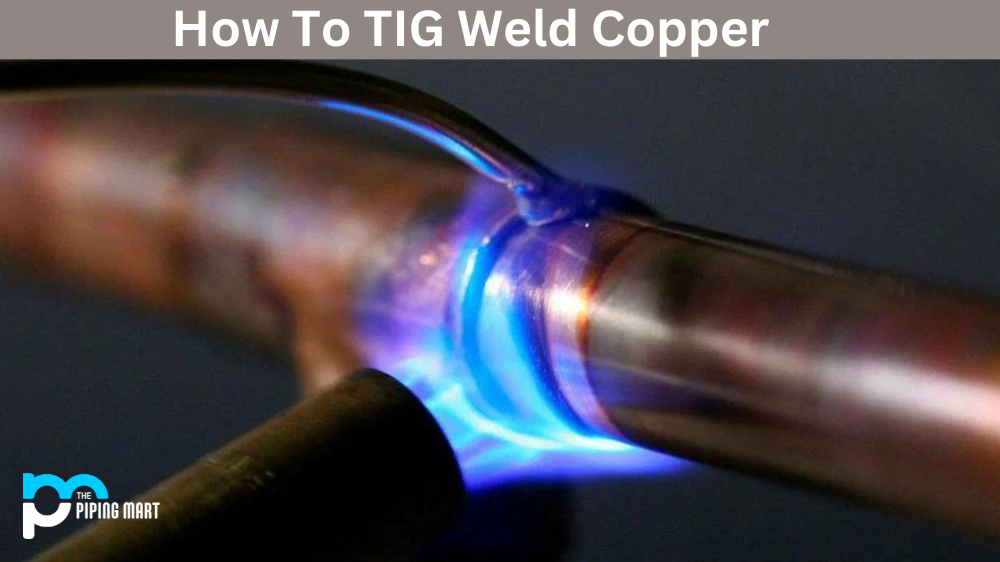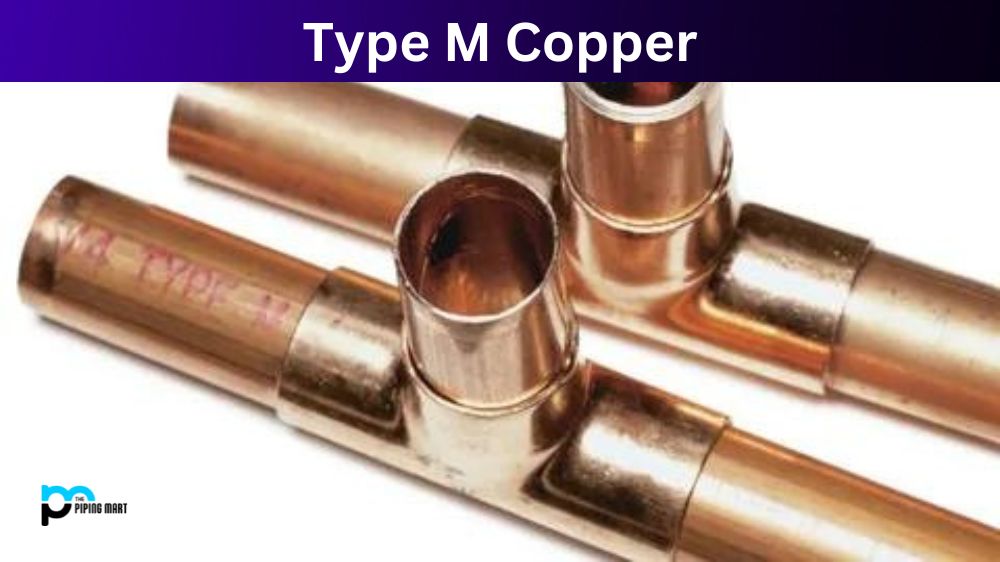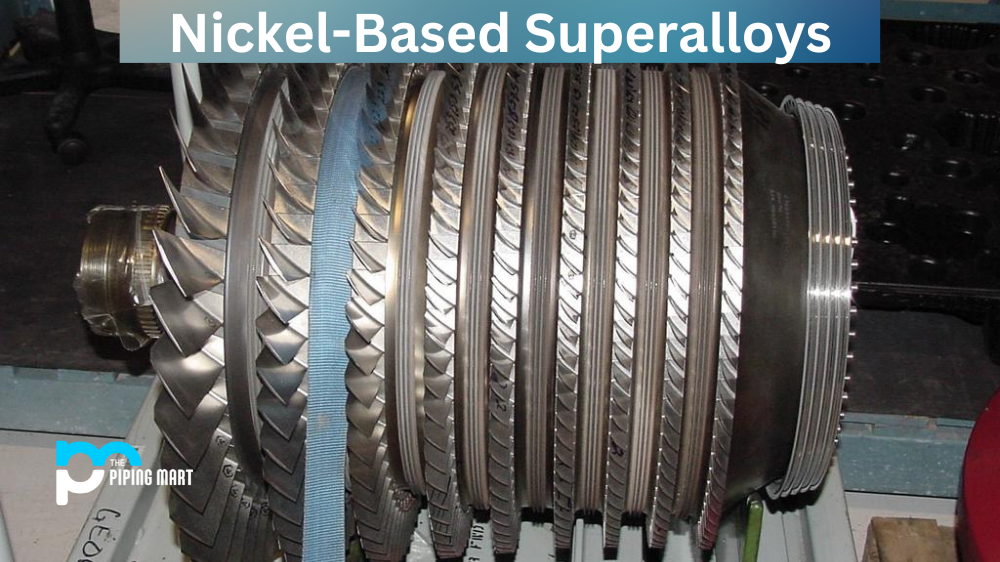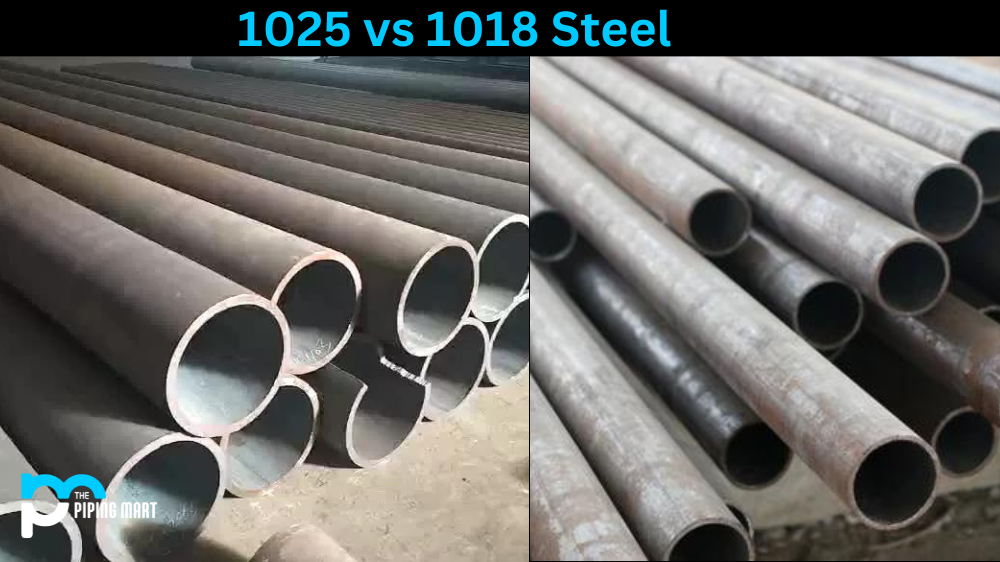Tig welding is a highly versatile form of welding that can be used to weld many different types of metals, including copper. While it may seem intimidating at first, tig welding copper is relatively easy and straightforward once you understand the process. This guide will walk you through the steps necessary to tig weld copper successfully.
Preparing the Metal Parts
The first step in tig welding copper is prepping your metal parts. The copper must be cleaned before welding to remove any dirt, grease, or corrosion that might interfere with the process. A wire brush or sandpaper can be used to clean off any residue on the surface of the metal, but it’s important not to use too much pressure so as not to damage or distort the pieces. Once all of the residue has been removed, set your parts aside for now and move on to preparing your work area.
Setting Up Your Work Area
When tig welding copper, it’s important that your work area is well-ventilated and free from debris or other flammable objects that could ignite during the welding process. Make sure you have a fire extinguisher on hand in case of emergency, and wear appropriate safety gear such as gloves and goggles when working with sparks and heat. Once your work area is ready, it’s time to prepare your equipment for tig welding copper.
Welding Process
To begin tig welding copper, attach a ground clamp to one of your pieces of metal so that it creates an electrical connection between them while they are being welded together. Next, set up your welder according to its instructions—usually this means setting a current output level based on how thick your metal pieces are (the thicker they are, the higher the output). Once everything is ready, strike an arc between your two pieces of metal using a tungsten electrode stick and move in small circles along their edges until they are properly joined together. Remember throughout this process to keep an eye on both temperature levels and current settings—if either one gets too high, then you risk damaging your parts or hurting yourself!
Conclusion:
TIG Welding Copper doesn’t have to be difficult if you take some time beforehand getting organized and prepared for it. Following these steps can help ensure that you have a successful experience when attempting this type of welding project! Remember always wear safety gear when working with sparks and heat and keep a fire extinguisher close by in case of emergency—safety should always come first! With a little practice and patience you can master tig welding copper like a pro! Good luck!
Meet Heer, a dynamic and driven writer learning tricks of her trade in the metal industry. With a background in Digital Marketing, Heer brings a unique perspective to her writing, sharing valuable insights. Apart from blogging she like reading and hiking.




